The music-making Bards of Dungeons & Dragons 5E are one of the most popular classes in the game, as they give players a built-in excuse to act silly, and because they’re a really good class that can fill several roles in the party. The all-rounder nature of the class means that players have a lot to keep track of, and there are certain spells and tactics that newbies should be aware of when building their first Bard.
D&D Bards have had a meteoric rise in 5E. In the past, Bards were a powerful prestige class in 1E that took time to unlock before they spent decades in mediocrity, as they were the poster children for “Jack of all trades, master of none.” In 5E, Bards are incredible, as they can fight, have great spells, use lots of skills, and can act as the face of the party.
Related: DnD 5E: New Player Guide to Warlocks
The D&D Bard, Everything You Need To Know

The D&D 5E Bard is a multi-purpose class that can fill multiple roles. They’re a primary spellcaster with many skill-based abilities and can still do well in combat, depending on your build. Regarding stat spread, Charisma should be your highest stat, as it’s used for your spells and some of your best skills. Bards are often the face of the party and are usually the best suited for dealing with figures of authority, so having a high Charisma is helpful for any essential Deception or Persuasion checks the party needs to make.
In terms of magic, Bards possess a mixture of healing, buffing, and enchanting spells, with a few combat options thrown in. This gives the Bard a lot of versatility when filling roles in the group. If you’re lacking healers, then take Cure Wounds and Healing Word. If you need to boost your few warriors, go with Heroism. If you lack spellcasters and crowd control, take Sleep and Dissonant Whispers.
After Charisma, Bards should have a high Dexterity stat. Bards start with Light Armor proficiency, but they can jump into combat if need be, so a high Dexterity stat will make it harder for enemies to hit them. This is less of a concern if you plan on taking the College of Valor subclass at level 3, as that grants Medium Armor Proficiency & Shield Proficiency, but you’ll have a tougher time surviving those first two levels.
Bards can choose any three skills at level 1. It helps to have your Background and race selected first, as these can provide additional skills and narrow your selection down. It helps to take the Charisma-based skills, Deception, Intimidation, Persuasion, and Performance, as you’ll be the most effective at using them. If you plan on being a roguish Bard, then Stealth, Sleight of Hand, and Acrobatics are also great potential choices.
Easy Character Race Choices For The D&D Bard
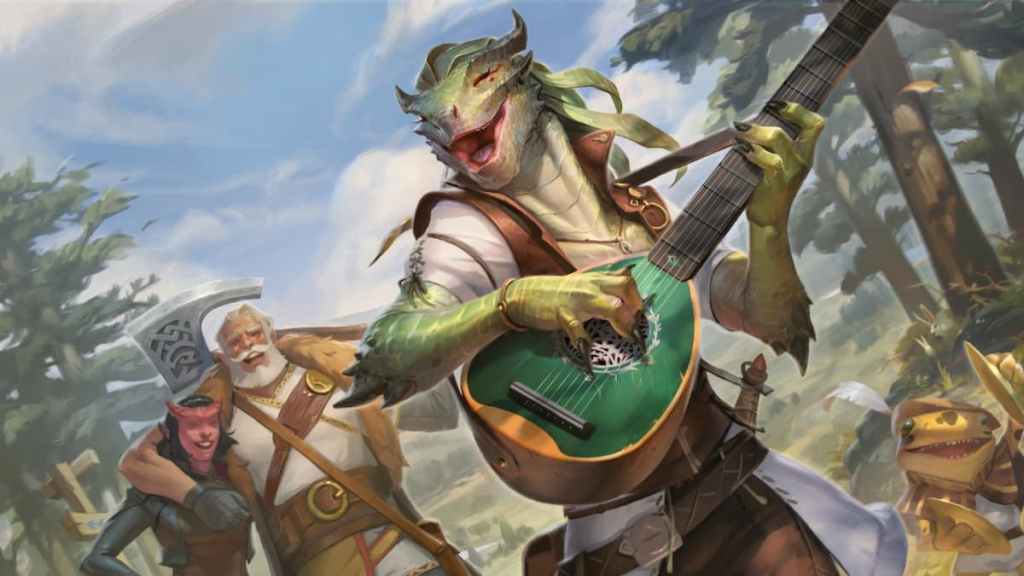
If you’re using the original Player’s Handbook racial stat rules, then it’s best to go with one of the races with a bonus in Charisma. This means that the dragonborn, half-Elf, drow elf, lightfoot halfling, human, and tieflings are all great choices, though drow and tieflings might face prejudice and hatred from NPCs, depending on the setting.
If you’re using the Tasha’s Cauldron of Everything racial stat rules, then the choice isn’t as important as you can put +2 and +1 into any stats, allowing you to buff Charisma. Some of the best options with these rules include the Changeling, as they can naturally alter their appearance and they start with access to some of the Charisma-based skills, and the Aasimar, which has healing abilities that can supplement your restorative spells or replace them and allow you to focus on other things.
Best D&D Bard Spells & Combos To Use
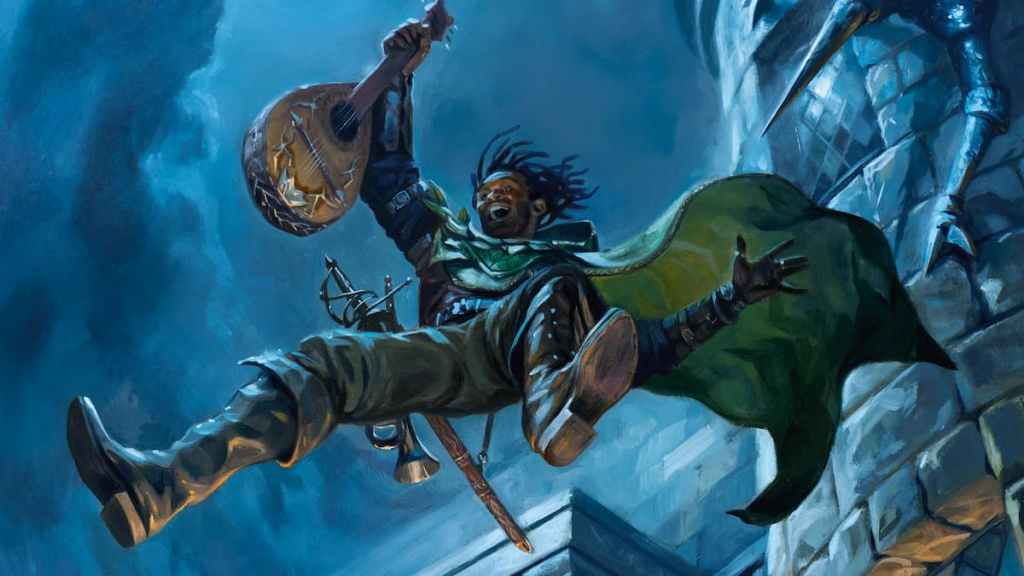
As a primary spellcasting class, Bards get many spell slots. They learn spells in the same manner as the Sorcerer class, where they only have a handful but can change some of their existing selection upon achieving a new level. As such, players must be extra careful about their spell selection, as their daily options are limited.
These are the best Cantrips for the Bard to select:
- Vicious Mockery – This fantastic Cantrip causes a Wisdom saving throw, with a fail resulting in1d4 Psychic damage and the target getting Disadvantage on their next attack roll. It’s also important to note that Vicious Mockery can be cast in the same turn as Healing Word, making for a great healing/damaging set of actions in the same round. You can also have a lot of fun forcing the player to come up with insults in combat.
- Friends – Provides Advantage on Charisma checks, though the target knows you cast a spell after it wears off. Just make sure not to cast it on a recurring NPC, and you should be fine.
- Message – As a potentially stealthy spellcaster, you can use this to aid the Rogue in the party during sneaking missions, as you can communicate from a distance.
These are the best level 1 spells for the Bard to select:
- Dissonant Whispers – A more powerful version of Vicious Mockery that deals 3d6 Psychic damage (or half on a successful save) and forces the enemy to burn their Reaction to run away from you, making it a great keep-away spell.
- Healing Word – This healing spell can be used from a safe distance while also comboing with Vicious Mockery for a highly-effective round.
- Heroism – Target ally gets temporary hit points at the start of their round equal to your Charisma stat, which is great if you’re party is short on melee fighters. They are also immune to the Frightened condition, which is effective against certain foes, such as dragons, mummys, and sea hags.
- Tasha’s Hideous Laughter – A powerful incapacitating spell that forces the target to do nothing bu laugh, so long as they keep failing their save. This spell can end boss fights easily, but expect the DM to get mad if you rely on it too much.
- Sleep – If no one else in the party has this spell, take it, as it’s the best level 1 crowd control spell in the game.
These are the best level 2 spells for the Bard to select:
- Calm Emotions – Is the town ready to execute the party for their shenanigans? You can calm down a group of them with this spell, hopefully buying you time to get out of dodge. It can also end some combat encounters with enemies, so long as there is room for negotiation.
- Shatter – A great AoE combat spell that ties into your music theme, as you create a noise so loud that it forces a save against 3d8 Thunder damage. It also destroys a lot of non-magical substances, making it a great way to prevent enemies from using specific items in combat.
- Suggestion – Is a city guard still giving you grief after roleplaying and skill checks? Time to bring out the Jedi mind trick and “convince” them to stop hassling you.
These are the best level 3 spells for the Bard to select:
- Mass Healing Word – Affects multiple targets with the Healing Word effect and can still be comboed with Vicious Mockery.
- Hypnotic Pattern – An incredible incapacitating spell, as it’s one of the few that doesn’t let the target repeat the save at the end of their turns. Use this to shut down powerful foes and pick off enemies individually.
- Fear – Another great spell for messing with an enemy formation, as those who fail their save have to spend their turn running away from you.
How The D&D Bard’s Class Features Work
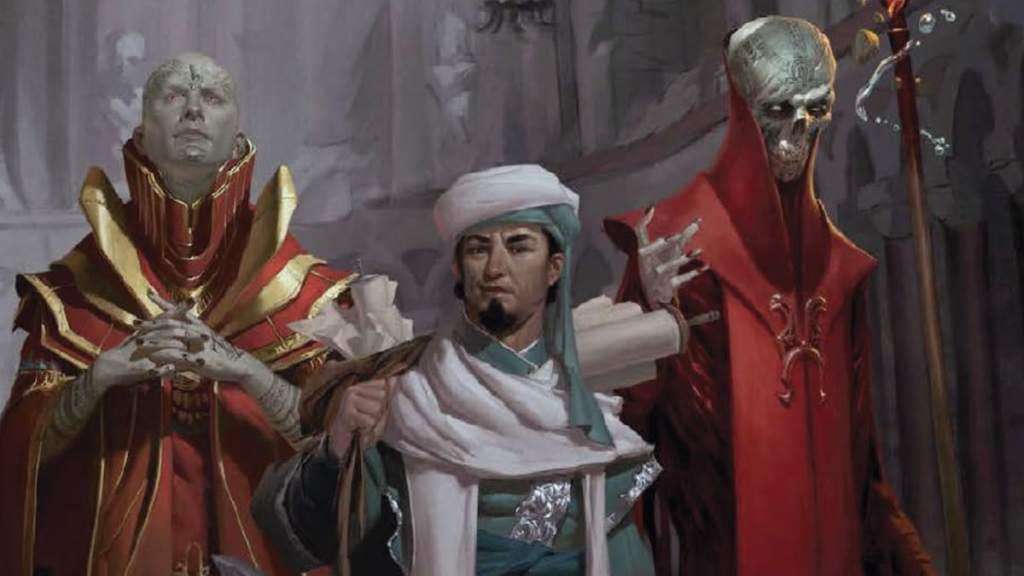
Bards will get by with their spells and skills, but they also have some fantastic class features that can be used in and out of combat. Bardic Inspiration is the most important of these, but their other powers are also beneficial.
- Bardic Inspiration — As a Bonus Action, you can inspire an ally and give them 1d6 to add to any one attack roll, saving throw, or ability check they make within the next 10 minutes. You can do this several times equal to your Charisma modifier, and they restore upon a long rest. This is one of your best abilities, and it should be used as often as possible, as that extra dice can mean the difference between victory and failure. Bardic Inspiration should be used on your warrior allies during combat, or anytime someone is making an important skill check. You will be able to grant higher dice as you level up.
- Jack Of All Trades – Add +1 to any skill you’re not proficient in. This doesn’t go up to +2 until you reach level 9, so you don’t have to think about it again for a while.
- Song of Rest – If your allies are spending Hit Dice during a short rest or are healed through other means, they gain an additional 1d6 hit points, assuming the rest isn’t interrupted. Like Bardic Inspiration, this also gets stronger as you level up.
- Expertise – Pick two of your skills that you’re proficient in: the bonus goes up to +4, increasing to +6 at level 5.
- Font of Inspiration – You now regain uses of Bardic Inspiration from a short or long rest.
Which D&D Bard Subclass Should You Pick?

The D&D 5E Player’s Handbook provides two Bard subclasses: College of Lore and College of Valor. These are both fantastic subclasses, with the College of Lore giving you access to stronger magical abilities and the College of Valor giving you martial benefits.
College of Lore is all about magic and skills. Upon selecting this subclass, you instantly gain three new skill proficiencies. You also gain Cutting Words, an offensive version of Bardic Inspiration, as the dice result is used to lower an enemy’s attack roll or ability check, potentially turning it into a failure. Pick College of Lore if you prefer to avoid the front lines and are more focused on roleplaying.
College of Valor is all about combat. Upon selecting this subclass, you instantly gain Medium Armor Proficiency, Martial Weapon Proficiency, and Shield Proficiency. This will drastically increase your Armor Class if you’re not playing a Dexterity Bard, making you much more likely to survive battles. Most importantly, the allies of College of Valor Bards can use Bardic Inspiration on damage rolls, so give it to the Rogue or Paladin and watch the wave when critical hits are rolled. Pick College of Valor if your group is lacking warriors or if you’re in a combat-heavy campaign.
Related: D&D Players Split As Abundance of Magic “Cheapens” Class Fantasy
The Bard has been the underdog story of D&D for a long time, and it’s great to see so many fans take to the class following years of disrespect. Their showings in the old D&D video games, like Baldur’s Gate and Neverwinter Nights, didn’t help this, as they focused more on combat and dungeon exploration. Nowadays, Bards appeal to both power gamers and die-hard roleplayers, as mixing magic and music can be popular when done well.




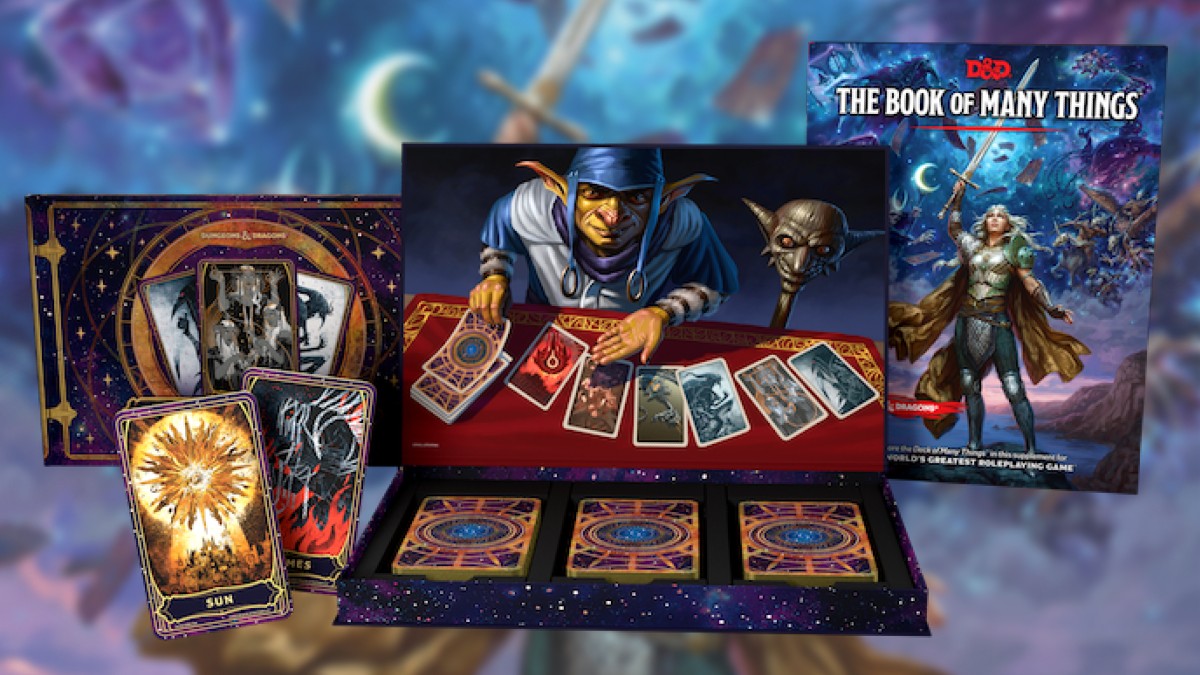
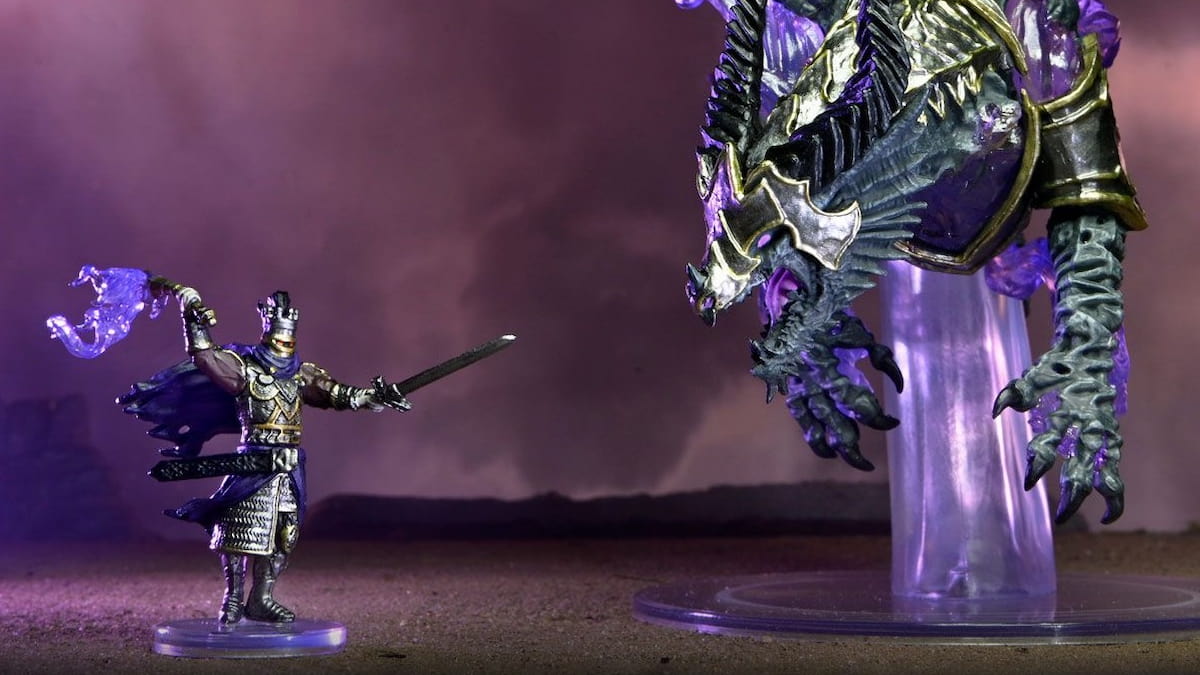
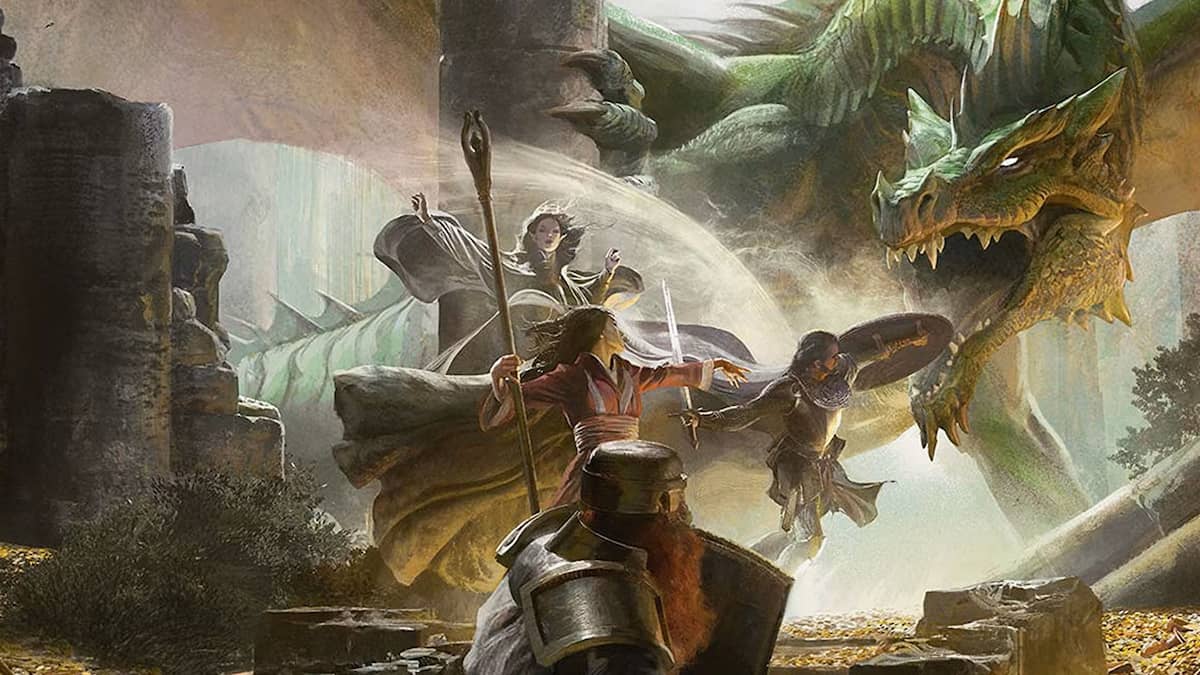
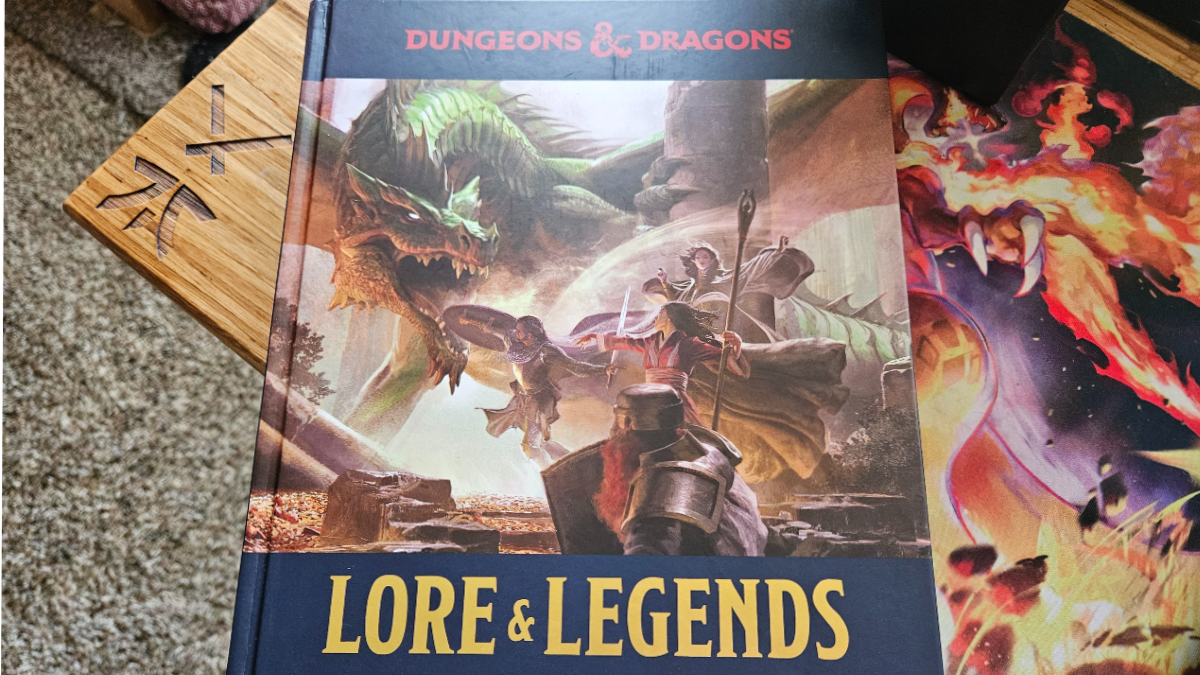
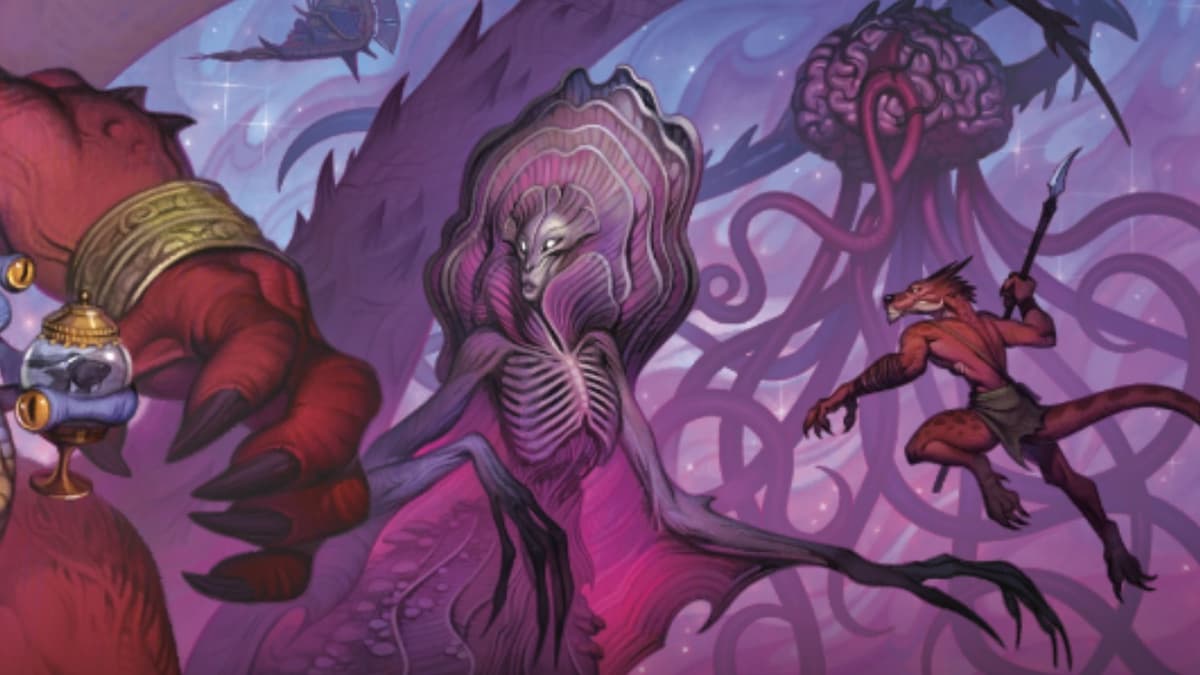
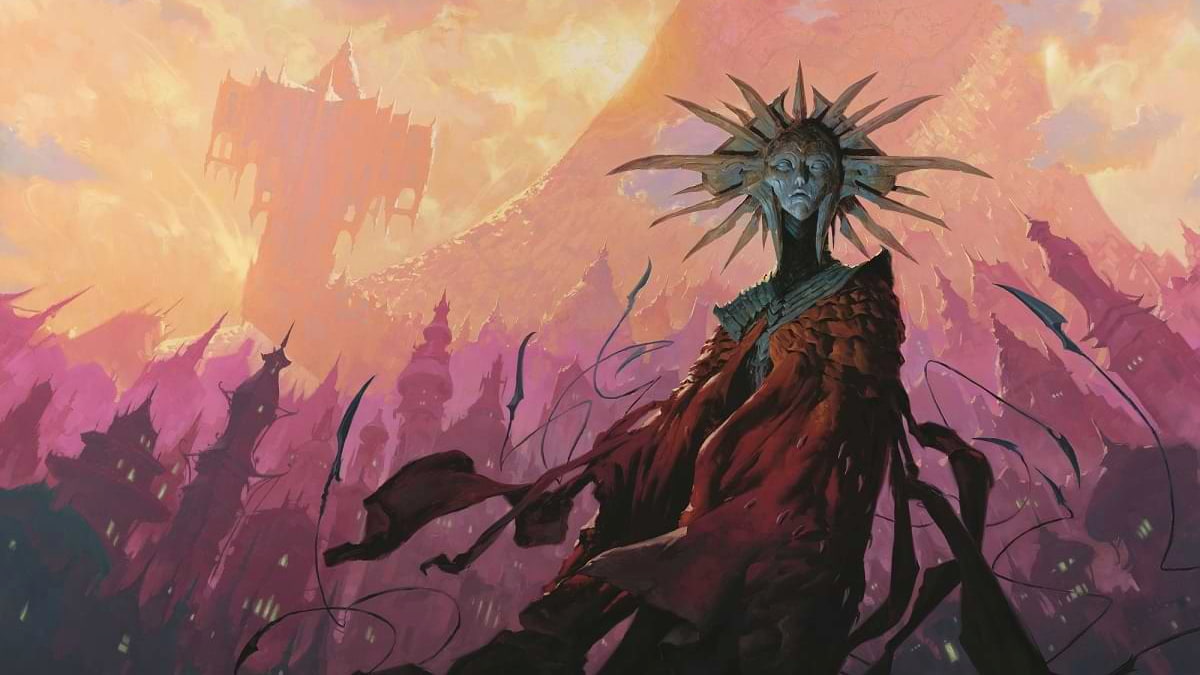
Published: Jul 24, 2023 01:51 am